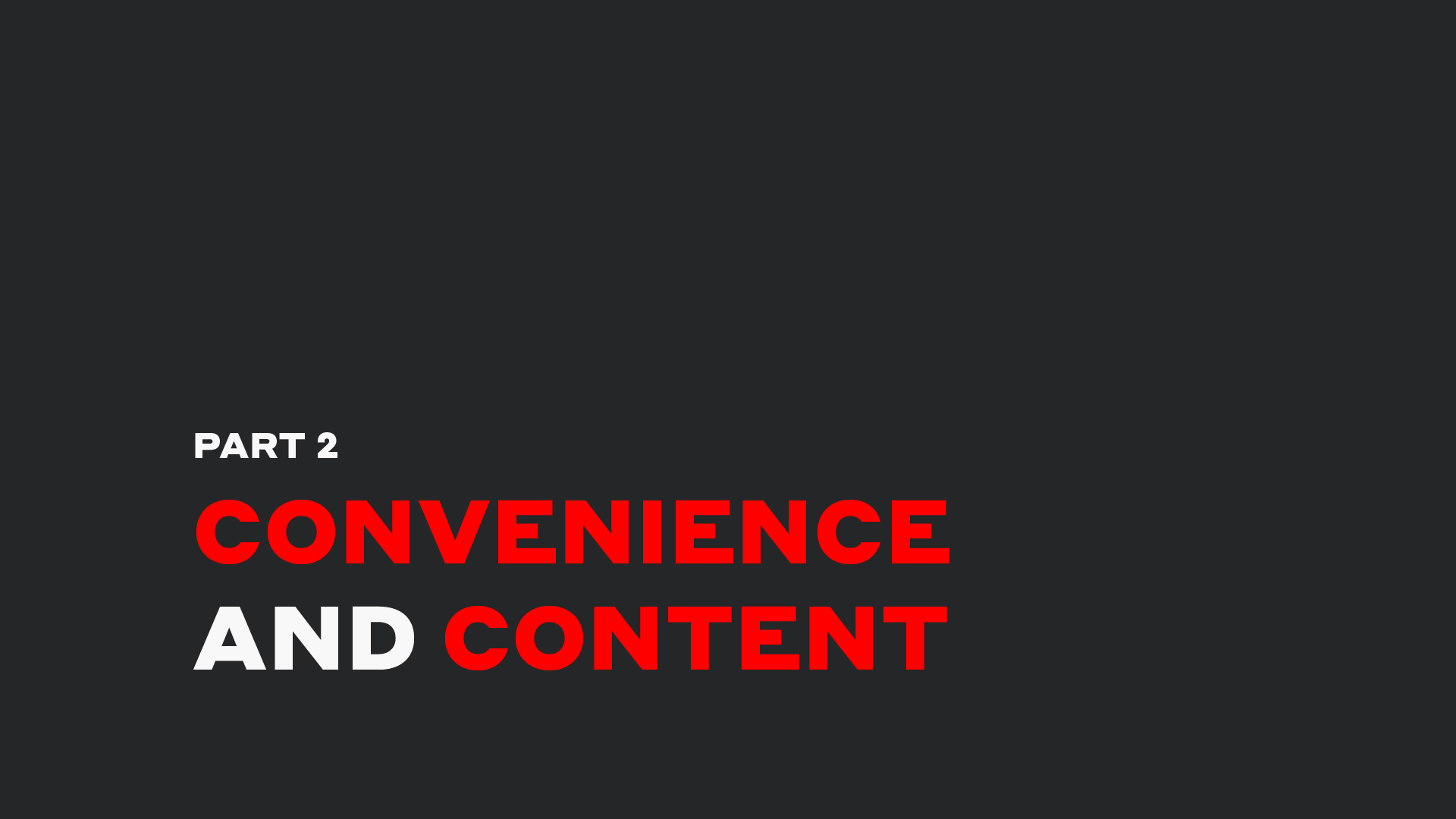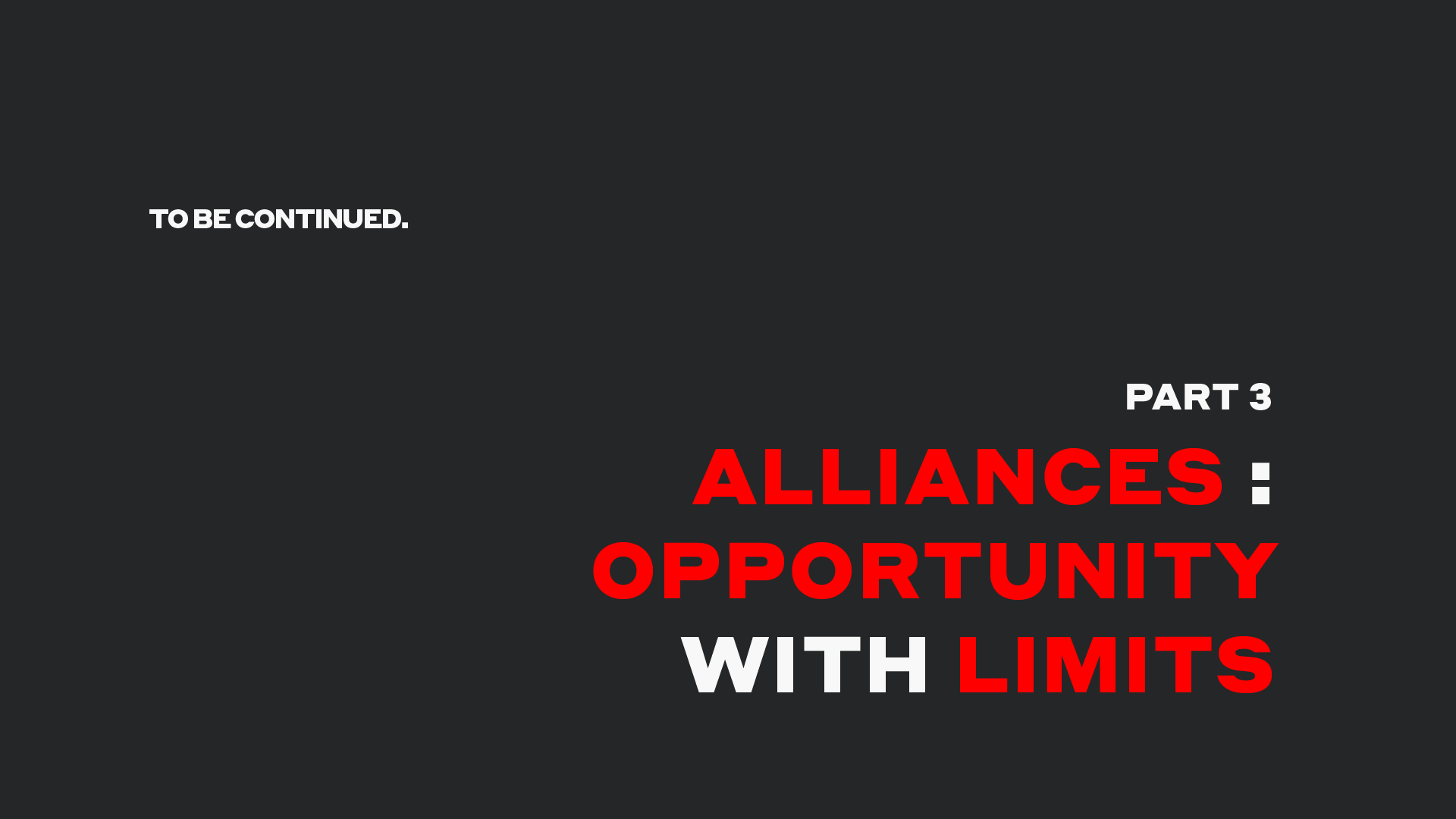Tv is (not) dead (yet) : episode 2
Tv is (not) dead (yet) : episode 2
Today’s world is fluid. So, as designers, we have to be agile thinkers and capable of not only understanding who our clients are, but also the complex and hybrid industries that they work in if we want to be able to deliver the best creative solutions.
In this 5 part series which runs through till Friday, we will examine the main pressures that are shaping the European television market and show how our profession – design – is essential in order to survive in today’s rapidly changing TV world.
We are Gédéon. A creative agency and production company that designs visual identities and creates on air, digital and print communication tools for TV channels as well as for many other types of brands.
Brand design

“If the growth of Netflix and Amazon tells us one thing,
it is that viewers will flock to single destinations that offer a wide variety of quality content.”
Sharon White, Head of Ofcom
There are two major priorities for today’s audiences: convenience and content.
Netflix has certainly invested big and inflated the market for scripted drama. It has ‘torn up TV schedules and destabilized Hollywood’ by producing vast numbers of high-quality shows and now, Academy Award-winning films.
We’ve all heard by now about the expense of their blockbuster series « The Crown », and reports that their original film « Birdbox » was watched by 80 million subscribers in the first 4 weeks. With their comparatively tiny budgets, and decreasing TV ad revenues, it’s unsurprising that traditional channels have struggled to keep up.
In order to remain competitive, channels should emphasize their strengths, by delivering more exclusive and culturally-resonant content.
The success of the BBC’s « Bodyguard » in the UK, shows that this can be done. The series was made available as a box set exclusively on the broadcaster’s iPlayer service and the finale was watched by an unprecedented 17.1 million people. Create it, and they will come.
TV channels have a real advantage here in the sense that they are well-known, credible and often beloved brands in their markets, with a clear editorial line and a recognisable identity.
Convenience (facilitated by new technology), has become just as important to consumers as the quality of the content. People want simple, centralized experiences that accommodate their lives, not the other way around. This means creating services that are accessible on multiple devices at once, offer download capabilities, live and on-demand content, are available online and offline, and with or without ads.
Another priority, strongly linked to convenience is personalization. Over half of OTT subscribers questioned in Accenture’s 2018 survey (51%) believe they are paying for content they don’t want – a.k.a we find ourselves spending a lot of time scrolling and not enough time watching.
This is why Netflix and others put consistent effort and resources into personalising the look and feel of their services, using algorithms and machine learning to give smart recommendations and to tailor program artwork to users’ tastes.
This is a key point… Engaging your viewer is important and we personally think that OTT services could go even further: If we consider that 63% of people trust their friends’ movie recommendations, your audience could be your best promoters – you just need to create the right tools to empower them. By taking inspiration from social media and introducing more sharing features, there is potential for TV channels to create real “communities of fans”.
We created an app that allows viewers to clip and share their favourite moments from aired content with others.
The moments are sent as personal messages branded in the same look and feel of the platform, allowing it to become much more than a TV streaming service, but also a brand that is social and interactive. These types of functionalities are the perfect blend between content and technology that makes the consumer feel in control and at the centre of the experience.
As we mentioned, fast-paced and sophisticated technological changes are outstripping traditional broadcasters’ budgets.
Most TV brands have not developed the same level of technical capabilities as the digital giants and therefore struggle to create the same user-centric experiences. This type of investment is not only a financial concern, but also a very different cultural posture toward technology:
For GAFAN, technology is at their core of what they do, whereas we rarely see technical directors on the board at TV channels.
Even if some channels are making progress in this area, the pace is still far too slow, and GAFAN are miles ahead.
If channels want to compete, they need to adopt a long-term perspective, change their internal organisation, promote knowledge rather than years of experience, and put both technology and the user at the centre of their thought process.
Finally, despite the fact that the (mostly American) digital players have thoroughly disrupted the European market, they still don’t face the same regulations as traditional broadcasters on things like prominence, competition, advertising, taxation, content regulation, terms of trade or production quotas. You could argue that the digital players must face stronger regulation. Or, should existing broadcasters be upping their game?
Those are just some of the underlying forces transforming today’s audiovisual market. Now, let’s take a look at how certain broadcasters are taking steps to evolve and secure their position in this disrupted context…
One way to counter the dominance of big streaming platforms and to reach online audiences is to create your own. We have already started to see big content owners and studios, like Disney, HBO, NBC Universal and even Apple choosing to distribute content via their own subscription platforms. They are relying on their global reach and the strength of their content and product brands to attract audiences of ‘super fans’. Disney has withdrawn content like Marvel, Pixar and its Disney franchises from Netflix and other platforms and will stream them exclusively via Disney + later this year. It’s a bold power move, re-establishing direct consumer relations and bypassing digital platforms completely.
TV groups like BBC, ITV, M6 to name a few, have long provided catch-up services for their previously aired content. But now, broadcasters have announced that they want to transform these platforms into more than just a replay window, and into principal TV destinations.
With VTM GO, Flemish group Medialaan want to push their on-demand service in this direction. The new service, which we designed, amasses all the channels in the media group’s portfolio onto one, centralized streaming platform.
A considerable issue here of course is financing a solo project. Therefore alliances are becoming a trending way to size up to the digital giants; providing channels with the necessary resources, knowledge and power to compete. The question is, which kind of alliance to make…

Next Project
Tv is (not) dead (yet) : episode 3